This looks like an attempt to use ANSI terminal color escapes and Unicode box drawing characters to write the word "PANGAEA" in a large, stylized, colorful manner. I'm guessing it's part of a retro-style BBS or MUD system, intended to be interacted with over telnet or ssh. It doesn't work, because whoever wrote it made a bunch of mistakes. Here's a corrected, self-contained program:
#include <stdio.h>
int main(void)
{
printf("\e[31m╔═╗\e[32m┌─┐ \e[33m┌┐┌\e[34m┌─┐\e[35m┌─┐\e[36m┌─┐\e[37m┌─┐\e[0m\n");
printf("\e[31m╠═╝\e[32m├─┤ \e[33m│││\e[34m│ ┬\e[35m├─┤\e[36m├┤ \e[37m├─┤\e[0m\n");
printf("\e[31m╩ \e[32m┴ ┴┘\e[33m┘└┘\e[34m└─┘\e[35m┴ ┴\e[36m└─┘\e[37m┴ ┴\e[0m\n");
return 0;
}
The mistakes were: using \r\n instead of plain \n, leaving out the m at the end of each and every escape sequence, and a number of typos in the actual letters (missing spaces and the like).
I deliberately changed sprintf(bannerN, ... to printf to make it a self-contained program instead of a fragment of a larger system, and changed the actual color codes used for each letter to make it a more interesting demo. When I run this program on my computer I get this output:

The program will only work on your computer if your terminal emulator supports both ANSI color escapes and printing UTF-8 with no special ceremony. Most Unix-style operating systems nowadays support both by default; I don't know about Windows.
